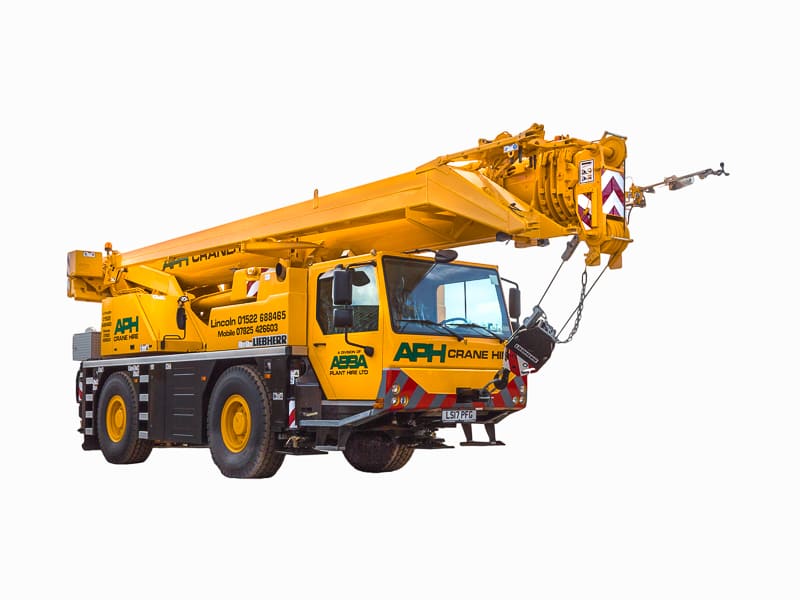
Crane hire forms an indispensable component of countless construction, industrial, and infrastructure projects across the UK. Whether the task involves hoisting heavy components, erecting structures, or navigating challenging site conditions, a clear grasp of crane rental principles is fundamental for a successful and safe operation. This guide explores the primary hire methodologies, the array of equipment at your disposal, and the paramount importance of safety and meticulous planning.
Choosing Your Approach: CPA Hire Versus Contract Lift
When engaging crane hire Peterborough services, two principal hire options are typically presented, each delineating distinct levels of responsibility for the hirer.
CPA Hire (Construction Plant-hire Association Conditions): Under a CPA hire agreement, the hirer undertakes a substantial degree of responsibility for the entire lifting operation. This encompasses the detailed planning of the lift, the provision of all required trained and certified personnel (such as lift supervisors and slingers), the supply of any supplementary equipment, and the arrangement of comprehensive commercial insurance coverage for the duration of the work. Critically, once the crane and its operator depart the public highway and enter the project site, the full responsibility for their safe conduct transfers to the customer. This model is well-suited for organisations possessing in-house expertise and the necessary resources to autonomously manage the lifting process.
Contract Lift: In contrast, a Contract Lift provides a more holistic service, wherein the crane provider assumes complete responsibility for the lifting operation. This comprehensive service typically includes conducting an initial site visit, executing thorough risk assessments, formulating a robust method statement, and securing all requisite insurance. Furthermore, the provider supplies the slinger, lift supervisor or appointed person, and any essential lifting accessories. This option is ideal for those who prefer to entrust the complexities of crane operation and safety management to specialised professionals, thereby ensuring adherence to current Codes of Practice like BS7121 Parts 1 and 3.
The Powerhouse of Lifting: Crane Varieties and Capacities
Modern crane fleets boast a diverse spectrum of capabilities designed to meet a wide range of project demands. Mobile cranes are a core component, prized for their adaptability and ability to manoeuvre across varied terrains. Lifting capacities commonly range from more modest machines capable of handling loads around 30 tonnes—suitable for lighter construction tasks or accessing confined spaces—to formidable units that can manage loads exceeding 200 tonnes, often deployed for large-scale infrastructure endeavours.
Leading providers consistently invest in state-of-the-art equipment, frequently featuring advanced models from prominent manufacturers. This commitment ensures access to powerful and efficient machinery renowned for its precision and reliability. Beyond the cranes themselves, a comprehensive array of lifting accessories is also available for hire, whether as part of an integrated service package or independently, to cater to highly specific lifting requirements.
Emphasising Safety and Meticulous Planning
Safety forms the bedrock of any successful lifting operation. Reputable crane hire companies are unreservedly dedicated to establishing and upholding the most stringent health and safety standards across all facets of their services. This unwavering commitment is underscored by rigorous training regimes for their highly skilled workforce and steadfast adherence to accredited safety standards and schemes, including CHAS, ISO 9001, ISO 14001, and ISO 45001.
A proactive approach to safety involves comprehensive organisational policies encompassing health and safety, quality, environmental stewardship, equality and diversity, and even drug and alcohol protocols. The overarching objective is to minimise accidents and incidents through clearly defined operational procedures, ongoing staff training, and meticulous pre-planning, all underpinned by an emphasis on “getting it right the first time.” Irrespective of the chosen hire option, a thorough comprehension of these safety protocols and the demarcation of responsibilities is absolutely vital for a seamless and secure lifting project. Diligent planning, combined with strict adherence to industry benchmarks, guarantees both efficiency and safety from conception through to completion.